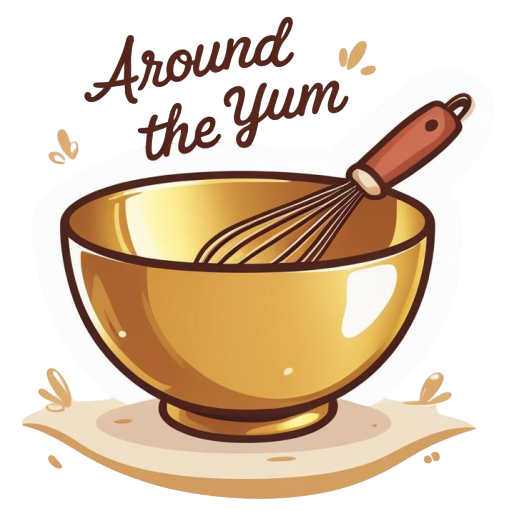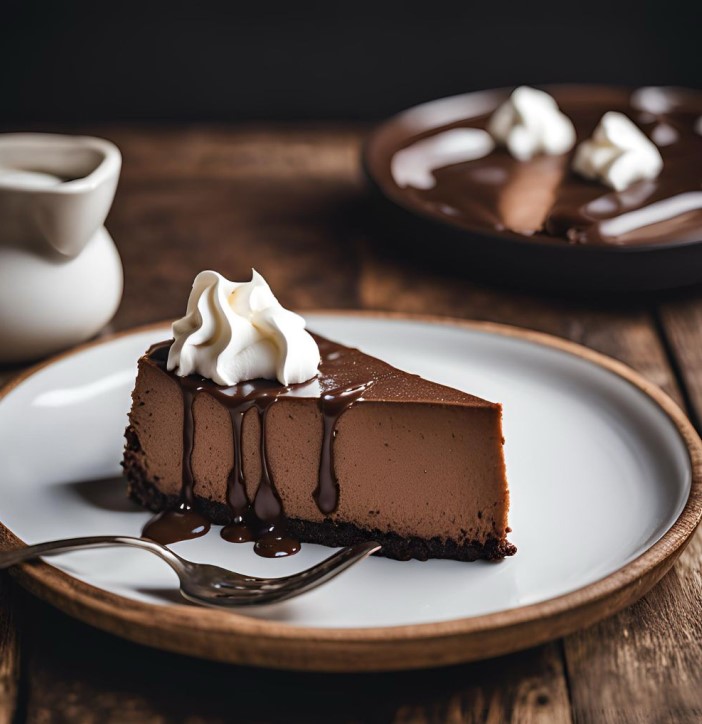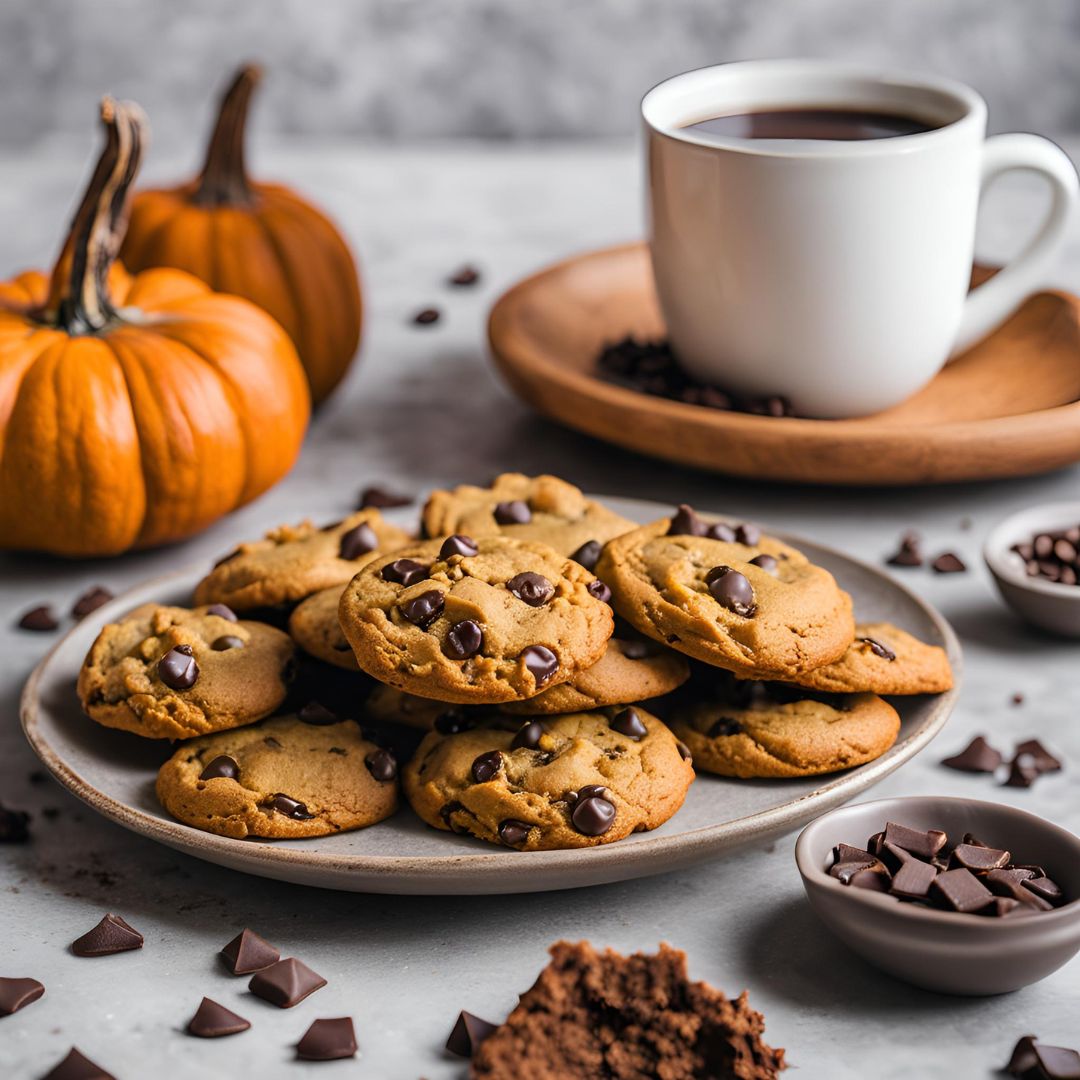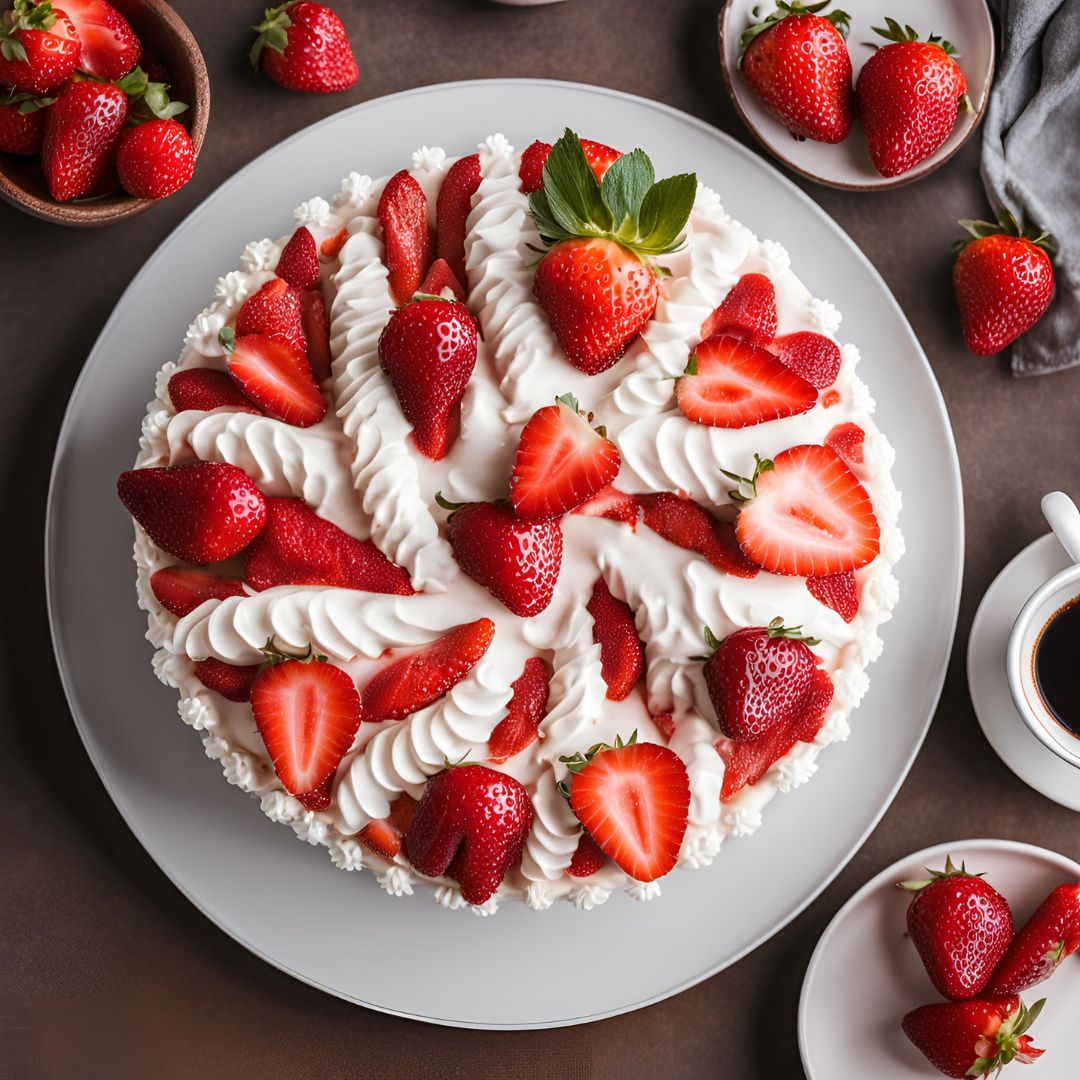Rasgulla Recipe : A Cultural Delight and Culinary Masterpiece. Rasgulla, also known as Rosogolla in Bengali, is one of India’s most iconic and beloved sweets. This soft, spongy, and syrup-soaked delicacy has a rich cultural heritage, intertwined with centuries of tradition, craftsmanship, and regional pride. Whether served at festive occasions, weddings, or simply enjoyed as a delightful treat at the end of a meal, Rasgulla has earned its rightful place in the hearts of millions. Its origins, preparation techniques, and the joy it brings to countless families make Rasgulla not just a dessert but a symbol of celebration and togetherness.
In this article, we’ll explore the fascinating history, cultural significance, and distinctive features of Rasgulla. From its humble beginnings to its current status as a national treasure, the journey of Rasgulla is one of culinary evolution, regional rivalry, and global appreciation. Whether you are a fan of this delectable sweet or are discovering it for the first time, understanding its roots and the artistry involved in making Rasgulla adds a deeper layer of appreciation to the experience of tasting it.
The Origins of Rasgulla
The origins of Rasgulla are shrouded in mystery, with both Bengal and Odisha claiming to be its birthplace. While the exact story is debated, it is widely believed that Rasgulla traces its roots back to the temples of Odisha, particularly the Jagannath Temple in Puri. The story goes that in the 12th century, a confectioner from the region created the sweet as an offering to Lord Jagannath. These early versions of the Rasgulla were simpler, made from a mixture of milk and sugar, and were crafted to serve as a divine offering to the deity.
However, it was in Bengal, during the 19th century, that Rasgulla truly came into its own as the iconic sweet that we know today. The credit for perfecting Rasgulla’s spongy texture and refining its recipe is often attributed to Nabin Chandra Das, a sweet maker from Kolkata. In the 1860s, he is said to have invented the modern-day Rasgulla by boiling fresh chhena (a type of fresh cheese made from curdled milk) in sugar syrup. His innovation brought Rasgulla to the mainstream, and it became a staple sweet across Bengali households, and later, the entire Indian subcontinent.
Despite the ongoing debate over its precise origin, Rasgulla has become deeply embedded in the food culture of Bengal and Odisha, making it a matter of regional pride. Each region has its own story, and each variation of the sweet carries the unique touch of its creators.
The Cultural Significance of Rasgulla
Rasgulla holds a cherished place in the hearts of millions of Indians, not just as a dessert but as a symbol of celebration and joy. Whether it’s a wedding, a festival, or a family gathering, Rasgulla often makes an appearance as a symbol of hospitality, warmth, and festivity. In fact, no major celebration in Bengal is complete without Rasgullas. It’s also commonly gifted to friends and family as a gesture of goodwill, making it an essential part of social exchanges.
In Bengali culture, Rasgulla is associated with several key occasions. It is traditionally offered during Durga Puja, one of the biggest and most important festivals in Bengal, and is also an integral part of Saraswati Puja and Bengali New Year celebrations. Rasgullas are often the sweet that guests are greeted with during such festivals, signifying the sweetness and abundance of the occasion.
Moreover, Rasgulla has found its place in popular culture, frequently referenced in literature, music, and cinema. The sweet has become a cultural icon, recognized not only in India but also by the global diaspora. The celebration of Rasgulla transcends regional boundaries, with people from all walks of life enjoying its simple yet divine taste.
The Art of Making Rasgulla
The preparation of Rasgulla is an intricate art that requires both skill and precision. While the recipe itself may seem simple—milk, sugar, and water—the technique is what transforms these ingredients into the soft, spongy delicacy that we all know and love. At its core, Rasgulla is made from chhena, a form of fresh paneer or cheese, which is obtained by curdling milk with an acid like lemon juice or vinegar. This chhena is then kneaded into a smooth, elastic dough, shaped into small balls, and cooked in a syrup made from water and sugar.
The true magic of Rasgulla lies in the texture. The chhena must be kneaded just right—neither too dry nor too moist—to ensure that the balls are light and spongy. Cooking the Rasgullas in the syrup requires a careful balance of heat, timing, and space to allow the balls to absorb the syrup and expand to their signature size. This process results in the delightful texture of Rasgulla: tender on the inside, yet resilient and slightly chewy on the outside, soaked in syrup and infused with sweetness.
In professional sweet shops, making Rasgulla is a daily affair. The art of making these sweets has been passed down through generations, and many families in Bengal and Odisha still carry on the traditional craft. However, it is not just the preparation process that makes Rasgulla special; it’s the passion and expertise that the sweet makers bring to the art. For those who have tasted an authentic, handmade Rasgulla from a seasoned sweet shop, the experience is a testament to years of honing the craft.
Rasgulla’s Variations Across India
Though the classic Rasgulla is a standard across the subcontinent, various regions have added their own twists to the recipe, resulting in different versions of the sweet.
In Bengal, Rasgullas are typically made in a delicate, smaller size, with a soft and spongy texture. The syrup used is often a light, fragrant sugar syrup, and the Rasgullas are slightly more compact, ensuring they hold their shape well. The purity and simplicity of the Bengali Rasgulla make it a cherished part of the region’s culinary heritage.
On the other hand, in Odisha, the Rasgullas often appear larger and more succulent, with a slightly firmer texture. Some versions also feature a unique twist, such as being flavored with cardamom or soaked in flavored syrups. The Pahala Rasgulla from Odisha is particularly famous and has been granted Geographical Indication (GI) status to preserve its authenticity.
The rest of India has embraced Rasgulla in different ways, with some regions making variations that include stuffed versions, such as Rasgulla stuffed with coconut or Rasgulla in flavored syrup. Rasgulla’s versatility allows it to be adapted to diverse tastes, yet its essence remains unchanged—a soft, syrupy ball of happiness.
Rasgulla’s Global Reach
The Rasgulla’s appeal has extended far beyond India. It has become a well-known dessert in countries with a significant South Asian diaspora, such as the United States, the United Kingdom, Canada, and the Middle East. Indian sweet shops around the world continue to serve Rasgullas to expats craving a taste of home, and it has become an integral part of many non-resident Indian celebrations abroad. Moreover, Rasgulla has also appeared on international menus, delighting people from different cultural backgrounds.
International recognition of Rasgulla has led to numerous food enthusiasts and chefs exploring its versatility. It has appeared in contemporary variations like Rasgulla ice cream or Rasgulla milkshakes, merging traditional Indian sweets with modern culinary trends.
Conclusion
Rasgulla is more than just a sweet treat—it is a piece of India’s cultural history, a symbol of culinary tradition, and a source of pride for millions of people. Its humble beginnings in the temples of Odisha, its refinement in Bengal, and its global recognition all tell the story of how a simple dish can transcend borders and time. Whether it’s a soft, syrupy bite after a meal or the centerpiece of a grand celebration, Rasgulla continues to be a beloved part of India’s gastronomic landscape, a sweet that connects generations and cultures, all while bringing immense joy to anyone lucky enough to enjoy it.
Ingredients: Rasgulla Recipe
For Chhena (Paneer):
- 1 litre full-fat milk (preferably fresh)
- 2 tbsp lemon juice or vinegar
- Water (for boiling)
For Sugar Syrup:
- 1 ½ cups sugar
- 3 cups water
- 1-2 cardamom pods (optional for flavor)
- ½ tsp rose water or kewra essence (optional for fragrance)
Cooking Instructions: Rasgulla Recipe
Making Chhena (Paneer)
- Boil the Milk: In a heavy-bottomed pan, bring the milk to a boil over medium heat, stirring occasionally to prevent it from sticking to the bottom.
- Curdle the Milk: Once the milk begins to boil, add lemon juice or vinegar, stirring gently. The milk will start to curdle, and the whey (greenish liquid) will separate from the curds. Turn off the heat once the milk curdles completely.
- Strain the Curdled Milk: Line a colander with a clean muslin cloth or cheesecloth and pour the curdled milk into it to separate the chhena (curds) from the whey. Allow it to drain for 5-10 minutes.
- Rinse the Chhena: Rinse the chhena under cold water to remove any residual vinegar or lemon taste, then squeeze out excess water.
- Knead the Chhena: Transfer the chhena onto a clean surface and knead it for 8-10 minutes until it becomes smooth, soft, and slightly sticky. This is a crucial step to make the rasgullas spongy.
Making the Rasgulla Balls
- Shape the Balls: Divide the kneaded chhena into equal portions (about 12-15). Roll each portion into a smooth ball, ensuring there are no cracks. The balls should be smooth and slightly firm but soft.
- Prepare the Sugar Syrup: In a large saucepan, combine 3 cups of water and 1 ½ cups of sugar. Stir to dissolve the sugar and bring it to a boil over medium heat. Once the syrup starts boiling, you can add crushed cardamom pods or rose water for flavor if desired.
- Cook the Rasgullas: Gently drop the chhena balls into the boiling syrup. Make sure the syrup is boiling, but not too aggressively. Cover the pan with a lid and cook the rasgullas for about 15-20 minutes. During this time, the balls will expand, so ensure they have enough space in the syrup.
- Simmer: After the rasgullas have doubled in size, lower the heat and let them simmer for another 10-15 minutes. You can check the texture by gently pressing one rasgulla. It should feel soft and spongy, not dense or hard.
Cooling & Serving
- Cool the Rasgullas: Turn off the heat and let the rasgullas cool down in the syrup for at least 30 minutes before serving. The syrup will thicken slightly as it cools.
- Serve: Serve chilled or at room temperature. You can garnish with a few strands of saffron or a sprinkle of cardamom powder for extra flavor.
Total Time Breakdown:
- Preparation Time: 10 minutes
- Cooking Time: 40-45 minutes
- Cooling Time: 30 minutes (optional, but recommended for best texture)
- Total Time: 1 hour 20 minutes
Number of Servings:
- This recipe makes about 12-15 rasgullas, depending on the size of the balls, and serves approximately 4-6 people.
Essential Cooking Tips for Rasgulla Recipe
1. Use Fresh, Full-Fat Milk for Chhena
The quality of chhena (the fresh cheese used in rasgulla) plays a crucial role in the texture and taste of your rasgullas. Always use fresh, full-fat milk, ideally from a trusted source, to make chhena. The milk should be free from any additives or preservatives. Fresh milk will produce a smoother, creamier texture for the chhena, which directly impacts the softness of the rasgullas. Avoid using milk that’s been sitting in the fridge for too long, as it may not curdle well.
2. Knead the Chhena Properly
Kneading the chhena is one of the most critical steps in making perfect rasgullas. You must knead it until it becomes smooth, soft, and slightly sticky. This usually takes about 8-10 minutes of gentle kneading. If you knead it too little, the rasgullas may become dense or tough. If you knead it too much, they may become overly soft and lose their shape. The right consistency should be smooth and pliable, like soft dough, which will help the rasgullas hold their shape and become spongy while cooking.
3. Shape the Rasgullas Without Cracks
When shaping the chhena into rasgulla balls, smooth out any cracks or seams. If the balls are uneven or cracked, they will burst open during cooking and lose their perfect shape. Roll each ball gently in your palms until it’s smooth and round. To avoid air pockets, don’t press too hard—just shape them softly and evenly. The balls should not be too large, as they will expand during cooking, so aim for a size that is around 1 to 1.5 inches in diameter.
4. Cook the Rasgullas on Medium Heat
Once the rasgullas are added to the sugar syrup, the heat should be just medium to allow them to cook evenly and expand without bursting. If the heat is too high, the syrup will boil too aggressively, and the rasgullas could collapse or become tough. On the other hand, if the heat is too low, the balls will not expand properly and could become dense. Cover the pan with a lid to trap the steam and allow the rasgullas to cook in a gentle boil. Give them enough space to expand without crowding the pan.
5. Let the Rasgullas Cool in the Syrup
After cooking, allow the rasgullas to rest in the syrup for at least 30 minutes before serving. This gives them time to absorb the syrup fully, which makes them even more flavorful and moist. The resting time also allows the rasgullas to firm up slightly, making them easier to handle without breaking apart. Serve them chilled or at room temperature, as they tend to taste best when the syrup has cooled down and the flavors have fully melded.
Some More Interesting Recipes –
- Jalebi Recipe
- Gulab Jamun Recipe
- Pumpkin Chocolate Chip Cookies Recipe
- Chocolate Chocolate Chip Cookies Recipe
- Peanut Butter Cookies Recipe
- Oatmeal Cookies Recipe
- Chocolate Chip Cookies Recipe
- Chocolate Truffles Recipe
- Hot Chocolate Recipe
- Pumpkin Spice Latte Recipe
- Mango Lassi Recipe
- Banana Lassi Recipe
- Sweet Lassi Recipe
Important FAQs for Rasgulla Recipe
1. What is the best milk to use for this recipe of rasgulla?
The best milk to use for rasgulla is full-fat, fresh milk. It helps in making soft and creamy chhena (paneer). Avoid using skim or low-fat milk, as they won’t produce the required consistency of chhena, resulting in harder rasgullas.
2. Can I use store-bought paneer for this Rasgulla Recipe ?
While it’s possible to use store-bought paneer, it’s not recommended for making rasgullas. The texture of store-bought paneer is usually firmer and drier, which won’t yield the soft, spongy texture needed for rasgullas. It’s best to make fresh chhena from milk at home for the best results.
3. Why are my rasgulla too hard or chewy with this recipe?
Hard or chewy rasgullas usually occur due to one of the following reasons:
- Over-kneading the chhena: If the chhena is kneaded for too long, it can become tough and dry. Knead just until smooth and pliable.
- Not enough syrup: If the syrup is too thick or the rasgullas are not cooked in enough syrup, they won’t absorb the sweetness and become hard.
- High heat while cooking: Cooking the rasgullas on high heat can cause them to firm up or even burst. Always cook on medium heatfor the best results.
4. How can I prevent rasgulla from bursting while cooking with this recipe?
To prevent rasgullas from bursting:
- Shape the balls smoothly: Ensure the rasgulla balls have no cracks or seams, as these can lead to bursting.
- Use medium heat: Cook the rasgullas on medium heat, not high, to allow them to expand slowly.
- Don’t overcrowd: Give enough space in the syrup for the rasgullas to expand without touching each other.
5. How long should I cook the rasgulla with this recipe?
Rasgullas should be cooked for about 15-20 minutes on medium heat, with a lid on the pan. They will expand in size during cooking. After the initial 15 minutes, you can check their texture by gently pressing one rasgulla. If it feels soft and spongy, they are done.
6. How do I know if the syrup is the right consistency?
The syrup for rasgullas should be light and watery, not too thick. When you dissolve sugar in water and bring it to a boil, it should remain thin. If it’s too thick, it will result in dense rasgullas. Also, avoid using too much sugar—1.5 cups of sugar for 3 cups of water is a standard ratio.
7. What if my rasgulla turn out too soft or fall apart with this recipe?
Rasgullas can become too soft or fall apart if:
- The chhena was too wet: If the chhena retains too much moisture, the rasgullas won’t hold their shape. After draining the chhena, squeeze out as much water as possible before kneading it.
- The syrup was too thin: If there’s not enough sugar syrup, the rasgullas won’t hold their shape and may dissolve. Ensure the syrup is well-balanced.
- Not enough cooking time: Allow them to cook fully and absorb syrup for at least 20 minutes.
8. Can I make rasgulla ahead of time with this recipe?
Yes, rasgullas can be made ahead of time. They stay fresh for 2-3 days if kept in the syrup and stored in the refrigerator. Just make sure the rasgullas are completely submerged in syrup to prevent them from drying out. They can also be served cold, which enhances their flavor and texture.
9. Can I add flavorings like saffron, rose water, or cardamom to this Rasgulla Recipe?
Yes, you can add subtle flavorings like cardamom powder, rose water, or saffron to the syrup or even the chhena itself. These flavorings can elevate the taste of your rasgullas. Just be careful not to add too much, as the delicate flavor of rasgulla can be easily overwhelmed.
10. Can I freeze rasgulla made with this recipe?
Rasgullas can be frozen, but it’s not ideal. Freezing may alter the texture of the syrup and the chhena, making them less soft and spongy. If you need to freeze them, store them in an airtight container with enough syrup to cover them, and thaw them in the refrigerator for a few hours before serving. However, fresh rasgullas always taste best, so it’s recommended to consume them within 2-3 days.
Rasgulla Recipe
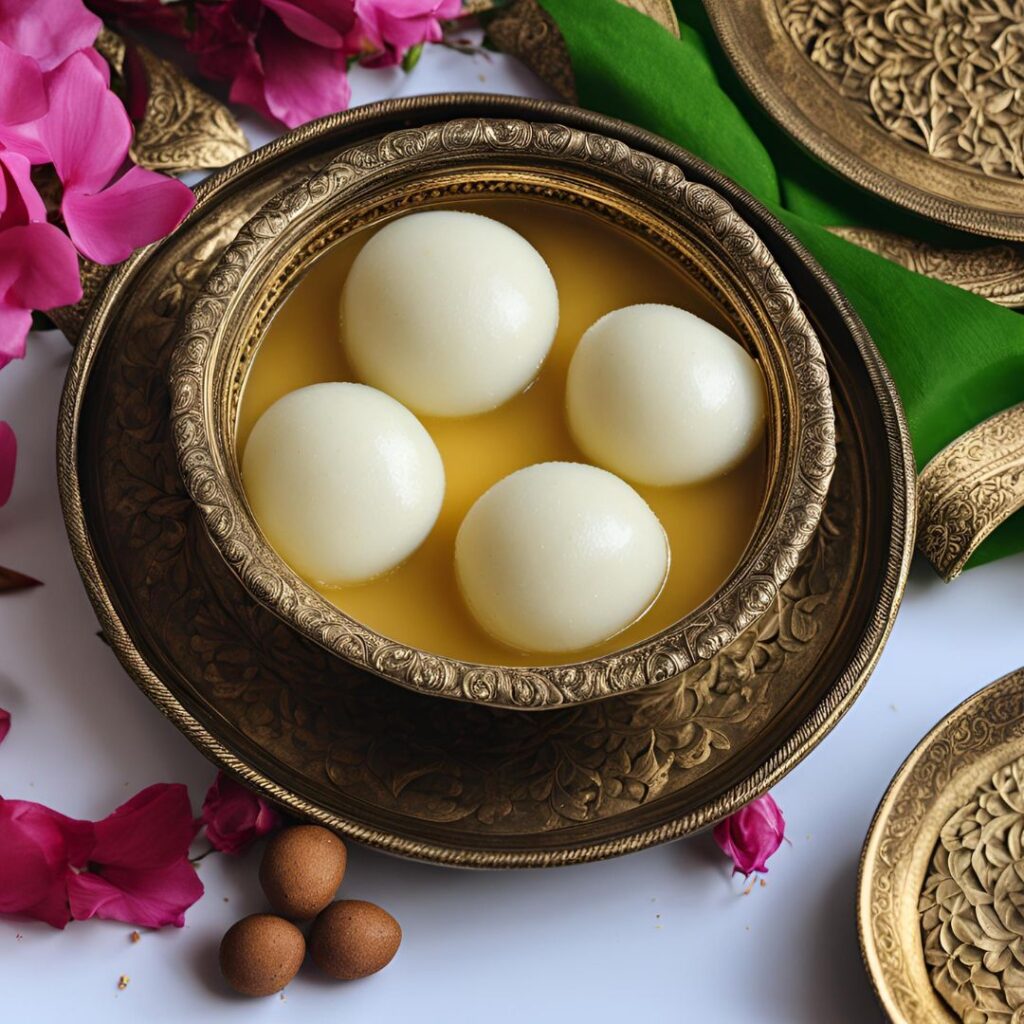
Ingredients: Rasgulla Recipe
For Chhena (Paneer):
For Sugar Syrup:
Cooking Instructions: Rasgulla Recipe
Making Chhena (Paneer)
- • Boil the Milk: In a heavy-bottomed pan, bring the milk to a boil over medium heat, stirring occasionally to prevent it from sticking to the bottom.
- • Curdle the Milk: Once the milk begins to boil, add lemon juice or vinegar, stirring gently. The milk will start to curdle, and the whey (greenish liquid) will separate from the curds. Turn off the heat once the milk curdles completely.
- • Strain the Curdled Milk: Line a colander with a clean muslin cloth or cheesecloth and pour the curdled milk into it to separate the chhena (curds) from the whey. Allow it to drain for 5-10 minutes.
- • Rinse the Chhena: Rinse the chhena under cold water to remove any residual vinegar or lemon taste, then squeeze out excess water.
- • Knead the Chhena: Transfer the chhena onto a clean surface and knead it for 8-10 minutes until it becomes smooth, soft, and slightly sticky. This is a crucial step to make the rasgullas spongy.
Making the Rasgulla Balls
- • Shape the Balls: Divide the kneaded chhena into equal portions (about 12-15). Roll each portion into a smooth ball, ensuring there are no cracks. The balls should be smooth and slightly firm but soft.
- • Prepare the Sugar Syrup: In a large saucepan, combine 3 cups of water and 1 ½ cups of sugar. Stir to dissolve the sugar and bring it to a boil over medium heat. Once the syrup starts boiling, you can add crushed cardamom pods or rose water for flavor if desired.
- • Cook the Rasgullas: Gently drop the chhena balls into the boiling syrup. Make sure the syrup is boiling, but not too aggressively. Cover the pan with a lid and cook the rasgullas for about 15-20 minutes. During this time, the balls will expand, so ensure they have enough space in the syrup.
- • Simmer: After the rasgullas have doubled in size, lower the heat and let them simmer for another 10-15 minutes. You can check the texture by gently pressing one rasgulla. It should feel soft and spongy, not dense or hard.
Cooling & Serving
- • Cool the Rasgullas: Turn off the heat and let the rasgullas cool down in the syrup for at least 30 minutes before serving. The syrup will thicken slightly as it cools.
- • Serve: Serve chilled or at room temperature. You can garnish with a few strands of saffron or a sprinkle of cardamom powder for extra flavor.
